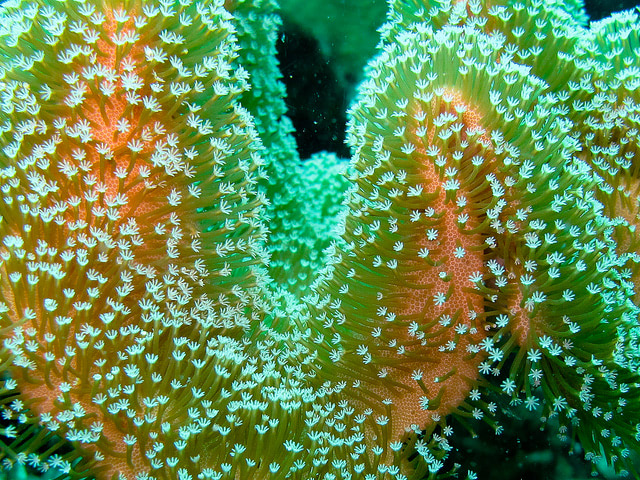Life is bleak and bleached for many of the world's corals. Fatal bleaching events triggered by warming seas have become common from the Caribbean to Australia. More worrying still is climate change-related ocean acidification, which hampers coral's ability to build their calcium carbonate skeletons. Helped along by pollution, disease, and overfishing, scientists predict that these threats may destroy most of the world's corals by 2050.
Mary Hagedorn, a biologist at the Smithsonian Institution, hopes to help reefs hedge their bets by building a library of coral sperm. Dr. Hagedorn has already collected and frozen an estimated one trillion coral sperm, in hopes that they may one day be used to restore genetic diversity to damaged reefs. This effort is in keeping with other cryopreservation banks such as the San Diego Frozen Zoo or the Svalbard Seed Vault that buffer the earth's biota against manmade environmental catastrophe.
Operating under a limited budget, Dr. Hagedorn is facing an uphill battle. There are well over 1,000 species of coral on earth, not to mention the fact that freezing equally important eggs is significantly more difficult than freezing sperm. While an "archive" approach to conservation may not be as effective as adequately protecting habitats, in the case of corals, in may be their best chance at avoiding extinction.
Via the New York Times. Photo via Quinet.

Share your thoughts and join the technology debate!
Be the first to comment